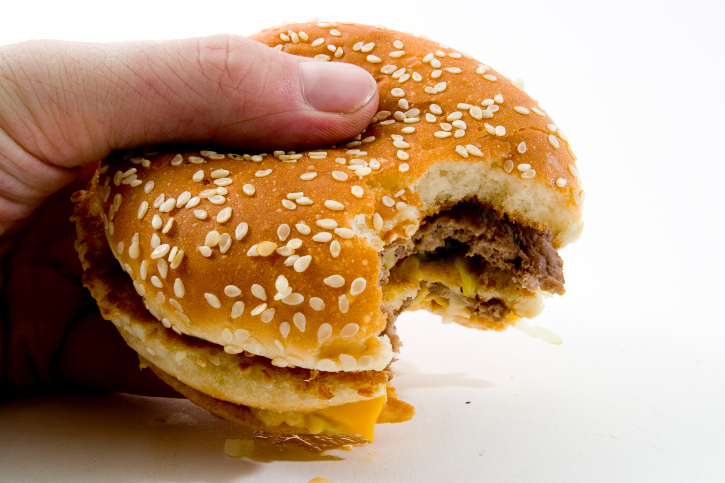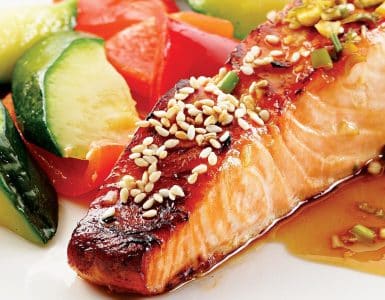With over 300,000 fast food restaurants in the United States, it is easy to find yourself in the drive-thru line if you’re hungry and short on time. Eating healthy can be a challenge at fast food restaurants as meals are often high in saturated fat, sodium and sugar. Meals are also often over-sized and loaded with extras, resulting in a lot more calories than you’d expect. Nevertheless, many fast food restaurants offer healthy choices and substitutions. Follow these tips to make better decisions when eating fast food.
- Purchase the smallest meal size. At the completion of your order, it is common to be asked if you want your fries and drink made larger. Opt for the smallest size to cut down on calories.
- Swap water for soda. Soda is full of empty calories and sugar. Even a small soda at a fast food restaurant averages 210 calories and 56 grams of sugar. If you’re hesitant to change to water, try unsweetened iced tea.
- Leave off the extras. Request that your meals are served without mayo, sauces, cheese or sour cream.
- Re-think the salt. Most fast food restaurants already salt your food. Avoid topping it with additional salt.
- Opt for grilled, baked, or broiled proteins. Foods that are fried, breaded, batter-dipped, crispy or creamy are high in fat and contain extra calories. For example, a crispy chicken sandwich averages 750 calories, while a grilled chicken sandwich averages 500.
- Choose the leanest meat option. Instead of a burger with a regular beef patty, try the chicken, turkey, fish or veggie burger.
- Select healthier sides. Many fast food restaurants offer healthy alternatives to fries and chips such as fruit or a side salad.
- Be a kid again. Kids meals are often more realistic portion sizes than adult meals and can significantly reduce calories, fat and sodium consumption.
- Add more veggies. Increase your servings of vegetables for the day by asking for extra tomatoes, lettuce, onions or avocado.
- Be wary of salads. Sometimes fast food salads can be just as high in fat and calories due to extras such as fried or breaded chicken, cheese, bacon, croutons, crispy noodles and oversized servings of dressing. Leave off, or ask for less of, the extras. If the salad dressing is already added, ask for it on the side. If you have a choice of dressings, ask for a low fat or non-fat option.
- Use sauce in moderation. Avoid loading up on barbecue, honey mustard, buffalo or other sauces.
- Choose lower calorie meal options. It is common for fast food restaurants to post their calorie information on the menu. Look for meals lower than 500 calories. If you have a smartphone, you could also look up the full nutrition information on the restaurant’s website.
For Health Advocate Members
If you’re a Health Advocate member with access to our Wellness Program, call us today to connect with a Wellness Coach for more healthy eating tips.



